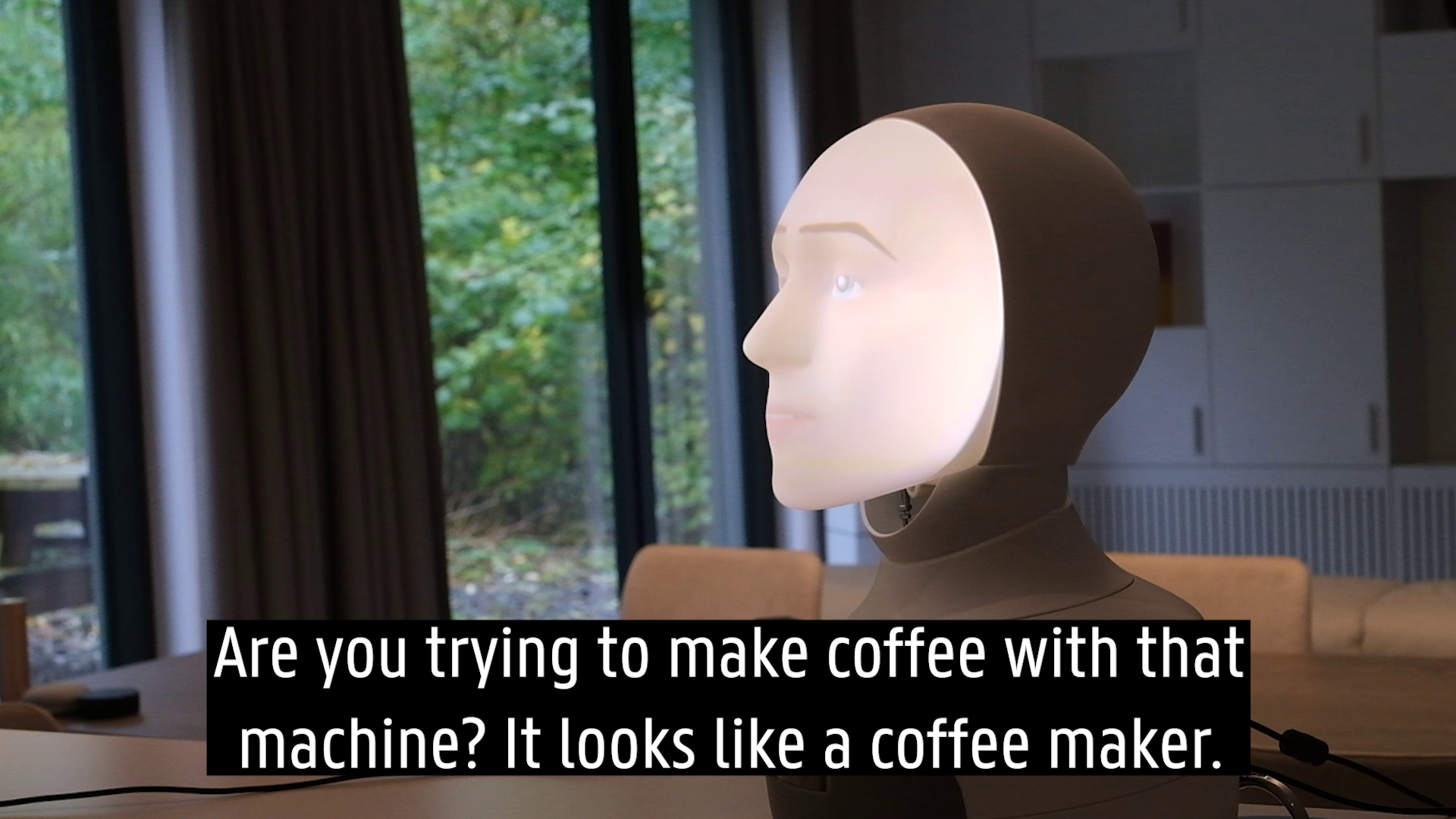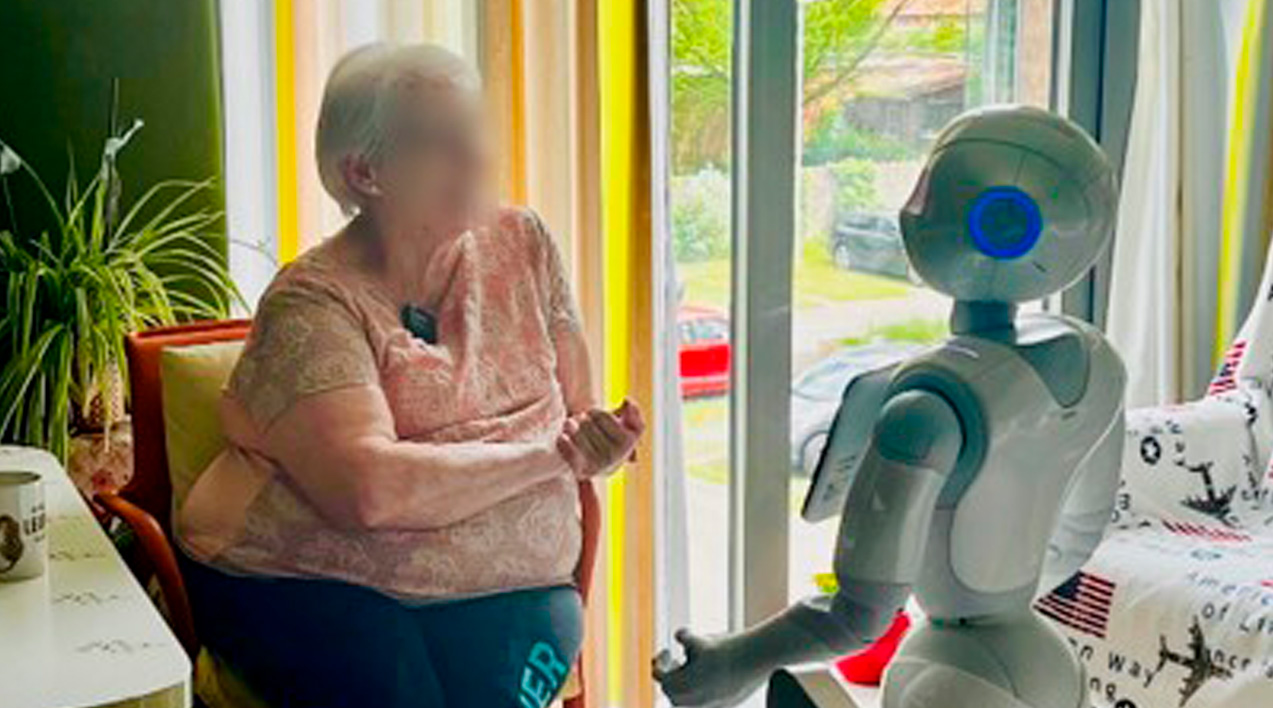Social Robots
Make social robots more trustworthy
What Are Social Robots?
Social robots are designed to interact with people in a natural and meaningful way. Unlike industrial or task-focused robots, they engage in conversations, recognise emotions, and adapt their behaviour based on human needs. These robots are used in various fields, from healthcare and education to companionship and customer service, making them an increasingly important part of our daily lives.
At VALAWAI, we aim to make social robots value-aware. Our research ensures that these robots not only operate within ethical boundaries but can also explain their actions and decisions. This enhances their trustworthiness, allowing them to adapt to human beliefs, desires, intentions, and societal norms.
Why Is Value Awareness Important in Social Robots?
For robots to be truly useful and accepted in human environments, they must understand social norms and values. A simple example is a robot vacuum cleaner: it should recognise when it is an appropriate time to clean. If the family is having dinner, running the vacuum at that moment would be disruptive.
A more complex scenario involves ethical decision-making: should a robot ever lie? Imagine a household where a husband sneaks a cigarette and asks the family robot not to tell his wife. Should the robot comply, respecting his privacy, or should it prioritise honesty and disclose the information? These challenges highlight the need for robots that are not only intelligent but also value-aware.
Robots in the Home
Social robots in the home need to be aware of values held by the people living with the robot, and the robots need to take value-aware decisions. We explore how novel AI technology can be integrated with multimodal perception to endow robots with the ability to interpret scenes and situations in alignment with values commonly held by people.
Combating Social Isolation with Robots
As social isolation becomes a growing concern, especially among the elderly, interactive robots are emerging as a potential solution. Unlike traditional alternatives, these robots offer cognitive stimulation through interactive engagement, helping to reduce loneliness and enhance mental well-being. However, integrating robots into elderly care presents technical challenges, including the need for natural and effective communication, accounting for variations in voice quality and dialects. Additionally, developing robots with empathy and memory capabilities remains a key focus to ensure meaningful and personalised interactions. In our research, we also explore how the value of empathy can shape human-robot interactions in care homes.
Results
Understanding the sense of self through robotics.
Users' Perspectives on Value Awareness in Social Robots.
How do we approach robots: anthropomorphism, the intentional stance, cultural norms and values, and societal implications.
If you are a robot developer, a company in the area of social robotics, or are a researcher interested in improving social robots that safeguard our values and privacy, please contact:
Lissette Lemus


